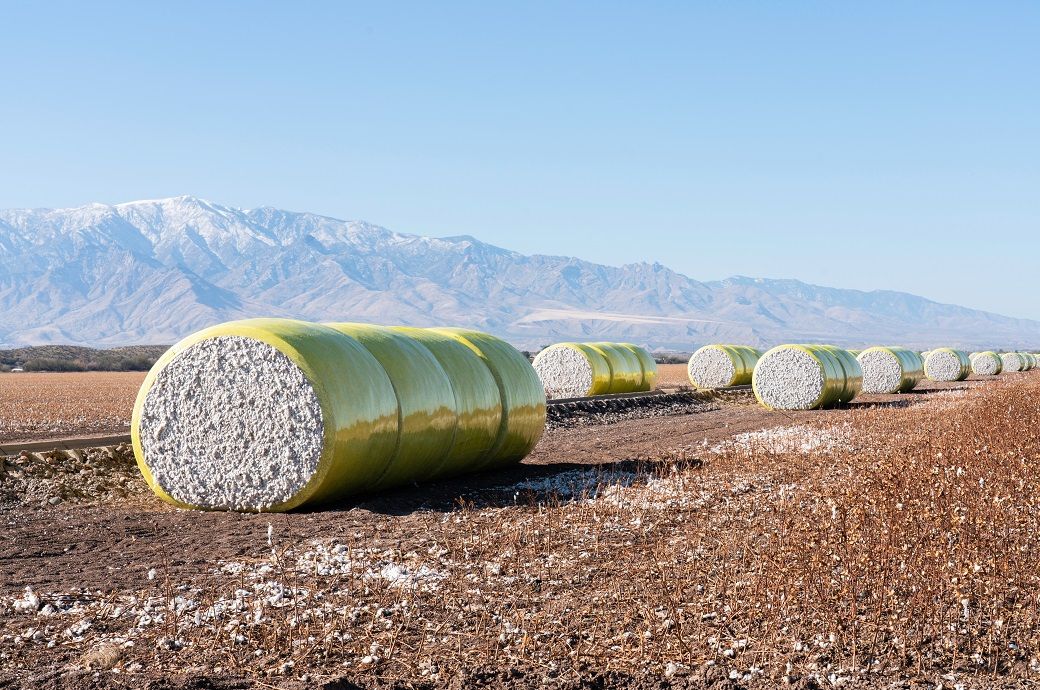
Notably, on Friday, the March 2024 contract of ICE cotton hit 94.85 cents per pound (0.453 kg).
Lower stocks and strong exports from the US, alongside rising US crude oil prices and a weaker US dollar, were key factors that pushed up cotton prices. The rising ICE cotton prices also made Indian cotton more attractive for the export market. ICE cotton had maintained a flat level of 80-85 cents per pound for several months until recently.
According to the recent monthly World Agricultural Supply and Demand Estimate (WASDE) report, cotton exports from the United States increased, which supported ICE cotton prices. The dollar index slipped 0.3 per cent, making the natural fibre more appealing to overseas buyers on the Intercontinental Exchange (ICE). High oil prices also made polyester, a cheaper cotton substitute, more expensive.
Experts suggest that the lower prices in India may drive cotton exports in the current months. The global rally has made Indian cotton more attractive, encouraging importers from neighbouring Asian countries to place orders for Indian cotton instead of buying the natural fibre from western countries like Brazil and the United States. The Indian consumer industry will also be discouraged from importing the natural fibre from other countries, as the landing cost will be less attractive due to additional components of import duty and logistics expenses.
ALCHEMPro News Desk (KUL)
Receive daily prices and market insights straight to your inbox. Subscribe to AlchemPro Weekly!